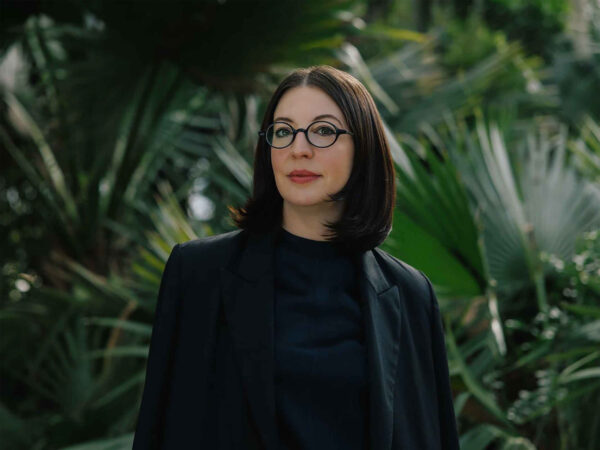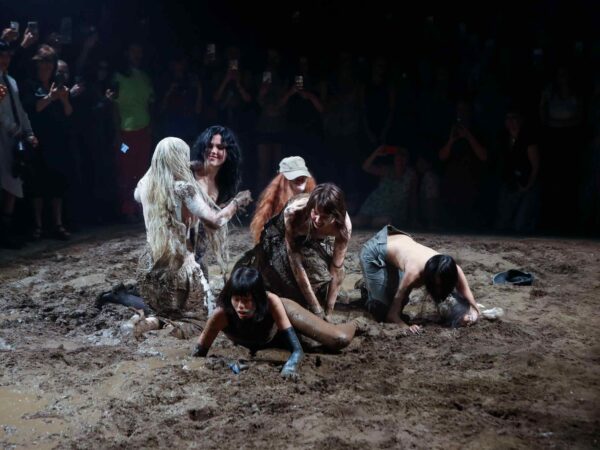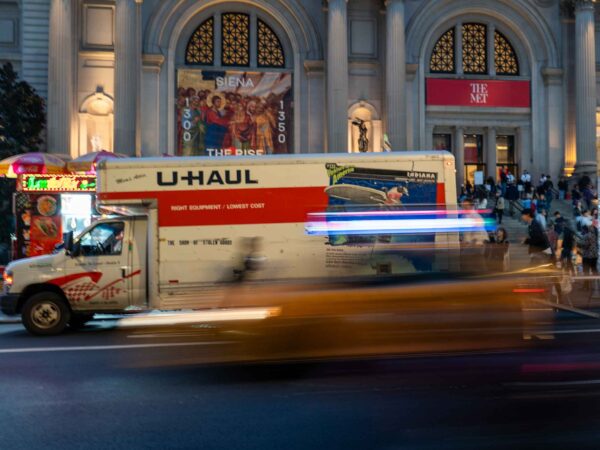How one bored security guard’s vandalism sparked a worldwide debate on the subjectivity of artistic value
The stakes of boredom are often higher than one might expect. It’s unlikely you will actually die of boredom. (Though it could cause early death, with depression and anxiety among its consequences.) But boredom is often the starting point of great and terrible things. Boredom may be why Picasso first picked up a brush; it also may be why an untimely and unnecessary shopping spree put you in an uncomfortable mass of credit card debt. For a Russian security guard at a museum, boredom is why a painting at the Yelstin Center in Yekaterinburg, worth approximately $1 million, was defaced with a ballpoint pen.
With the pen, the 60-year-old added faces to Anna Leporskaya’s Three Figures on his first day at the gig. The restoration is expected to cost fewer than $5,000, and should bring the piece back to its former glory (which is not always the case with art restorations). The incident has spawned debate across social media, but the vandalism itself seems to be less complex than the art world wants it to be. It was not done in an act of political defiance or in affiliation with Yellowism or as a conspiracy or by Banksy. The guard, in an interview with a Russian newspaper, said he was mostly just confused. He sustained a severe head injury while serving in the military, and his wife described him as having the naivety of a child. He was just bored.
“If the defacement had been done by the owner of the painting, would it have been okay? If the defacement was done with political motivations would it be okay? Would that increase its monetary value?”
Perhaps more interesting than the vandalism itself is the conversations it’s initiated. Some have sided with the security guard, while others are left appalled by the damage inflicted upon a historical piece of art. On both sides, the financials have become a dominant point of debate. Those in favor of the defacement say that the press it gave the painting will actually up its value due to global notoriety. Not to mention, there’s NFT potential for the defaced version of it. For those appalled, the painting has intrinsically lost value, even if fully restored, because it is no longer the original.
The painting was not the security guard’s to deface, but it wasn’t the Yelstin Center’s either. It was on loan from a collection. If the defacement had been done by the owner of the painting, would it have been okay? If the defacement was done with political motivations would it be okay? Would that increase its monetary value? If a celebrity had done it, would it be worth more? Perhaps the highbrow, old money art world is closer to the digital age of art than it once seemed. This incident is a reminder that much of the value of art is arbitrary. If enough people say something has value, it has value. Maybe that means NFTs could actually have value. Maybe that means the value of NFTs is completely made up, and will dissipate in the shadow of the next fad. Either way, if you’re investing in art, be sure that you value the piece beyond its financials—because that value is usually arbitrary, and subject to vast change.


















